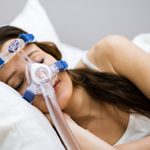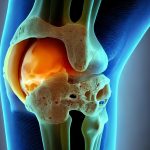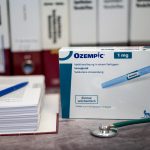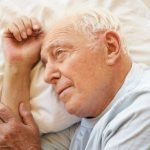
Finding yourself packing on the pounds around your waist and arms? If so, you might be at heightened risk for neurological illnesses like Alzheimer’s or Parkinson’s, new research suggests. There was one other physical characteristic that lowered the odds, however: muscle strength. Stronger folk appeared to have a lower odds for neurological illnesses compared to weaker people, reported a team of Chinese researchers. “This study highlights the potential to lessen people’s risk of developing these diseases by improving their body composition,” said study lead author Dr. Huan Song, of Sichuan University in Chengdu. “Targeted interventions to reduce trunk and arm fat while promoting healthy muscle development may be more effective for protection against these diseases than general weight control,” she added. The findings were published July 24 in the journal Neurology. Over a nine-year span, the researchers tracked the health and body characteristics of almost 413,000 British people who averaged 56 years of age when they entered the study. Song’s group measured each person’s waist and hip, tested their hand-grip strength, their bone density and their fat and lean mass. Over the nine years, 8,224 people did go on to develop neurodegenerative diseases, typically Alzheimer’s disease, other forms of dementia or Parkinson’s. After adjusting for other health risk factors that can affect the brain — things like high blood pressure, smoking, drinking and diabetes… read on > read on >


















